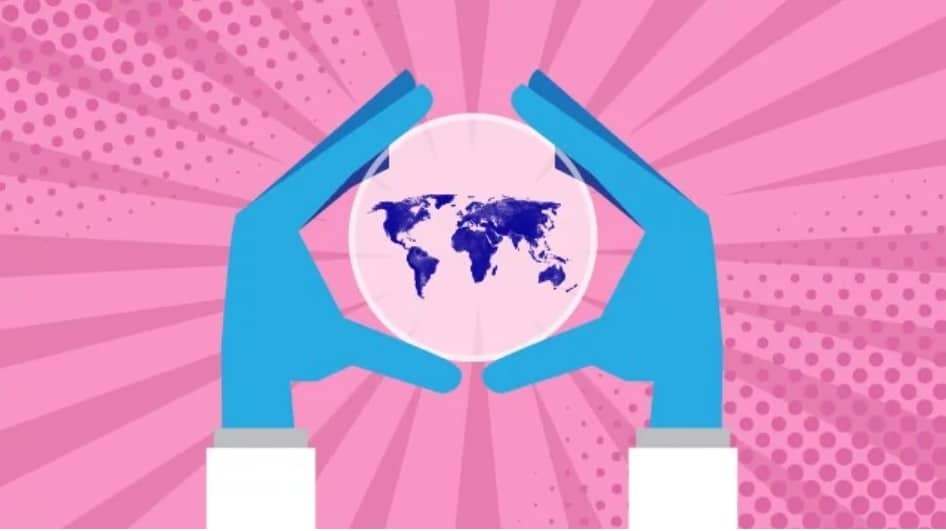Mr. T has thought of installing a solar PV rooftop on his house for a while now. He has saved up enough money to build a 2 kWp system, but unfortunately not enough to include a battery system. That is why he is thinking of exporting the excess generation to PLN’s grid.
Looking at the Minister of Energy and Mineral Resources (MEMR) Regulation No.49/2018 on Solar PV Rooftop Utilization by PLN’s consumers, Article 6 introduces a 65% multiplier on the exported kWh, which Mr. T fully aware of. With his whole family members are never at home during the day and only come back late afternoon, daytime electricity consumption is far less than night. It means, there will always be excess electricity to be exported. However, exporting this excess at a 35% discount still bothers him and disheartens him for installing this solar PV rooftop. “If only I could consume all of the rooftop PV generations”, he thought to himself.
*
A study by Lawrence Berkley National Laboratory (LBNL) in 2019 tried to model load profiles for various household appliances in Indonesia (McNeil, 2019). These end-use load profiles for the residential sector are grouped into 8 types as can be seen in the figure below.
There are two important points that we can get from the figure above. First, it gives us an overview of which type of appliances is operating at which time in a day. Second, it also gives us a hint of how big of an electrical load each appliance has.
Since Covid-19 cases increased in Indonesia, the government has implied that non-essential business/services should not be opened. Instead of working from the office, these businesses/services should implement the working from home policy (WFH) for the majority, if not all, of their employees. What does it mean? It means, increased electricity consumption in the residential sector during the day.
Now let’s look again at Mr. T. Since the implementation of this WFH, he and his family have new habits. One noticeable change in their daily life is that they now rarely turn-off their air conditioners. Maybe only for a couple of hours in the morning to let fresh air coming into the house. But other than that, these ACs are always on the cooling mode. If we try to adapt it to the figure before, we will have a new end-use load profile like this figure below.
So now, if we come back to the early dilemma that Mr. T has, what does it mean?
It means he now has an additional electricity demand during the day which will consume all the electricity generated from the solar PV rooftop. There is no need to worry about losses due to export and keep low electricity bill despite the increase in electricity consumption is something that Mr. T happily accept.
References
McNeil, Michael A, Nihan Karali, and Virginie E Letschert. “Forecasting Indonesia’s electricity load through 2030 and peak demand reductions from appliance and lighting efficiency.” Energy for Sustainable Development 49.April 2019 (2019).




